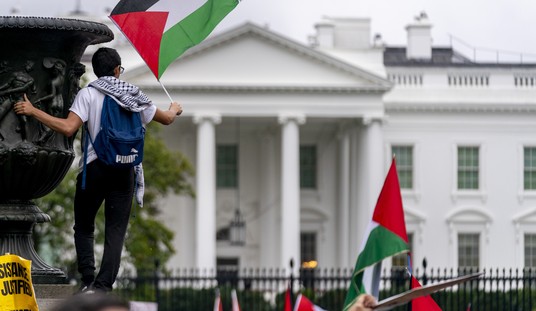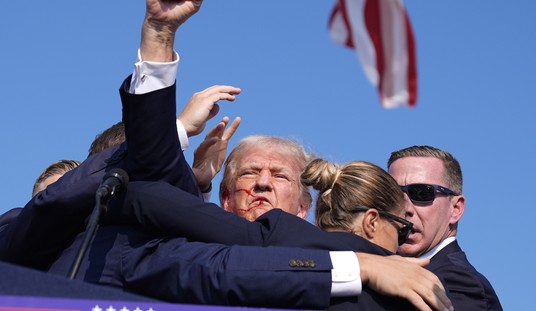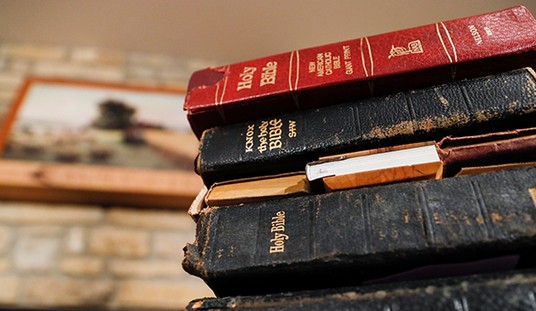The guns did not fall silent across America 150 years ago today with Robert E. Lee’s surrender to Ulysses S. Grant. There was still a little killing and burning and pillaging left to do.
According to this exhaustive study performed by historian Darroch Greer for the Abraham Lincoln Presidential Library and Museum in Springfield, Illinois, there would be more than 14,000 additional combined casualties on both sides before formal hostilities were declared over by President Andrew Johnson on August 20, 1865. Of course, that doesn’t count the dead civilians who would be killed for years to come as the violence and chaos continued for a decade in some parts of the country.
And while the formal commemoration of the Sesquicentennial isn’t over yet — the battle of Palmito Ranch fought May 11 will be marked by the Civil War Trust next month — the last four years has seen a remarkable effort to recall and explain what happened during those fateful years of 1861-1865.
The Civil War was fought from Canada to Florida, from Maine to Arizona. Hundreds of skirmishes and battles were fought in some of the quietest corners of America– most of them sleepy towns and villages before the two great armies met and spilled enormous amounts of blood in fighting for their possession.
Would we ever have heard of Bull Run creek? Gettysburg, Pennsylvania? Sharpsburg, Maryland? Chancellorsville, Virginia? It is startling to realize that the Civil War was fought in the front yards and farmer’s fields of ordinary Americans. Much of Virginia was ravaged, especially following General Grant’s famous order to his hell-for-leather cavalry commander Phil Sheridan to lay waste to the state. His troops would “eat out Virginia clear and clean as far as they go, so that crows flying over it for the balance of the season will have to carry their provender with them.”
Wilbur McLean was one American who experienced the Civil War up close and personal. He owned a house near Bull Run in 1861 and when a cannonball tore through his front porch during the battle, he decided to leave for safer climes. He settled a few miles south in a tiny hamlet named Appomattox Courthouse. On this day 150 years ago, the opposing generals sat down in his living room to negotiate the surrender of the southern army. Later in life, McLean was fond of noting that “The war began in my front yard and ended in my parlor.”
But perhaps the most astonishing accomplishment of this Sesquicentennial has been to pique the interest of the American people in their own past. Americans are notoriously oblivious to their history — a consequence at least partly because of our desire to look always forward and never behind. But the rash of books, documentaries, and especially the events at battlefield sites, have excited a desire to know our past in a new generation. There are many thousands of kids who are going to grow up and become Civil War buffs — reading and learning everything they can about the conflict. There are almost certainly many adults who have followed events these past 4 years and will continue to educate themselves about our history.
All in all, the 150th anniversary was a huge success no matter how you measure it. Memory is a fragile, unreliable thing, which is why there is history. And being able to live that history vicariously through books, TV, and battlefield commemorations cements the interest of young and old alike in America’s treasured past.










Join the conversation as a VIP Member